
by admin | Oct 13, 2022 | Blog
A water-soluble combination of vivid green natural chlorophyll called sodium copper chlorophyllin (SCC) may have anti-mutagenic and antioxidant effects. This substance is utilize as a food additive and supplement, also a natural color additive.
WHAT IS SODIUM COPPER CHLOROPHYLLIN USED FOR?
A combination of water-soluble chlorophyll derivatives known as sodium copper chlorophyllin (SCC) is utilize as a dietary supplement as well as a food coloring. Although this industrial preparation’s significant antimutagenic and antioxidant capabilities have been establish, nothing is known about how it affects human digestion and absorption. During acidic gastric and small intestine digestion, the SCC’s stability was evaluate.
WHAT IS SODIUM COPPER CHLOROPHYLLIN USED FOR?
Yes, sodium copper chlorophyllin is natural as it is a water-soluble combination of vivid green natural chlorophyll.
WHAT ARE THE NEGATIVE SIDE EFFECTS OF CHLOROPHYLL?
- Digestive issues are one of the potential negative effects.
- diarrhea.
- itching or burning can be the results.
IS COPPER CHLOROPHYLLIN SAME AS CHLOROPHYLL?
The water-soluble form of chlorophyll is call as chlorophyllin. Saponification is the process that chlorophyll goes through to become chlorophyllin. Non-water-soluble substances like waxes and yellow pigments like carotenes are eliminate during this procedure.
IS CHLOROPHYLL GOOD FOR KIDNEYS?
Yes, it is good for kidneys. By bringing biochemical and urinary parameters back to normal, the sodium copper chlorophyllin therapy greatly enhances kidney function.
IS CHLOROPHYLL FDA APPROVE?
According to the Food and Drug Administration (FDA), people over the age of 12 can securely ingest approximately 300 milligrams of chlorophyllin per day. If you choose to consume chlorophyll in any way, start with a low dose and start increasing only if you can handle it.
DOES SODIUM COPPER CHLOROPHYLLIN CONTAIN COPPER?
Yes, it contains copper. Basically Chlorophyllin is a derivative of chlorophyll that is link to copper rather than magnesium. So if you find liquid chlorophyll supplements, you’re probably taking chlorophyllin. Natural chlorophyll is available as a supplement in powder or tablet form.
HOW DO YOU USE CHLOROPHYLL TO LOSE WEIGHT?
A 2014 PubMed study discovered that taking chlorophyll as a supplement on a daily basis for 12 weeks caused weight loss, better obesity-related hazard, and decreased the desire for palatable food.
WHAT DOES LIQUID CHLOROPHYLL DO FOR FEMALES?
Liquid Chlorophyll is also use by women/females as it helps in:
- Acne treatment and skin care
- Weight reduction
- Managing body odor
- Bowel problems
- gas relief
Does chlorophyll help with hair growth?
Chlorophyll contains nutrients like vitamins B, D, and E, calcium, and potassium, each of which are essential for healthy hair and nail development. Chlorophyll has been proven to actually slow the progression of grey hair by continuously generating melanin in pigment cells in hair follicles.
What happens if you drink chlorophyll everyday?
There isn’t major health hazards associate with consuming liquid chlorophyll, although it could cause GI distress, green urine color changes, or skin irritation in certain cases. However, if you have a serious medical condition or are taking medicines, you should consult your doctor first.
SODIUM COPPER AS FOOD ADDITIVE
A combination of water-soluble chlorophyll derivatives called sodium copper chlorophyllin (SCC) is both a common nutritional supplement and a food coloring.

by admin | Oct 8, 2022 | Blog
The FDA has approved numerous color additives obtained from natural sources, which is good news for the natural products industry. For each colour additive the FDA authorizes, a rule is created. Among the natural colorants used in food, beverages, and dietary supplements that have gotten.
26 Natural colorants U.S FDA approved some of them are annatto extract, caramel, grape colour extract, fruit juice, vegetable juice, paprika, saffron, spirulina extract, tomato lycopene extract, turmeric, and others. Additionally, there are many natural-source-derived cosmetic colour additives that have gotten FDA approval, including annatto, caramel, henna, silver, and zinc oxide.
ANNATO EXTRACT
The FDA approves the use of annatto seed extract as a certified colour additive. Additionally, annatto seed extract is allowed to use as a natural food colouring additive in the European Union (E160) and Asia. The seed epidermis of the Bixa Orellana plant is used to extract and refine annatto extract. The seeds of the Bixa orellana tree, which is indigenous to tropical regions including Kenya, the Ivory Coast, Mexico, and Brazil, are used to make annatto, an orange-red condiment and food colouring.
BETA-CAROTENE
The FDA has given beta-carotene permission to be use as a dietary supplement and even as a source of vitamin A in infant food. Additionally, it is authorize for use in cosmetics, drugs (with the warning “only as a colour addition”), and food products as a colour additive.
BLUE SPIRULINA EXTRACT
In the US, the FDA has approved spirulina as a natural blue food colour. The blue colour of blue-green algae, which has a very high nutritional value, is called blue spirulina. It may also promote digestion and assist to strengthen the immune system. Your culinary creations will have a pop of vivid blue because to this amazing super food.
RED CABBAGE
Red cabbage extract is approve by the FDA for use as a colour additive that is exempt from certification. Vegetable Juice, Additionally, red cabbage extract is accept as a natural food colourant in the European Union (E163) and all of Asia.
PURPLE SWEET POTATO
In addition to being an excellent amount of anthocyanin pigments, which function as antioxidants and can help reduce inflammation and strengthen your immune system, purple sweet potatoes are also a good source of beta-carotene. Compared to the typical blueberry, purple sweet potatoes have nearly three times as much anthocyanin.
PAPRIKA
With the exception of goods for which standards of identification have been publish under section 401 of the act, paprika may be safely use to colour foods in proportions consistent with good manufacturing practice. However, use of added colour is permit by such standards.
RED CARMINE
The FDA has approved the addition since 1977 for use in cosmetics, including those used on the eye area. It is currently list as Carmine in the ingredients list of cosmetics sold in the United States. The ingredient will need to be more clearly and prominently identified.
RIBOFLAVIN
Riboflavin, often known as vitamin B2, is crucial for the health, development, and operation of your body’s cells. It also aids in converting the food you consume into the necessary energy.
Subject to the following limitations, the colour additive titanium dioxide may be safely use to colour foods in general.
TURMERIC
Scientific evidence supports the many health advantages of turmeric, including its capacity to fend off cancer and Alzheimer’s disease. Curcumin, its primary active ingredient, may also help heart health. It functions effectively as an anti-inflammatory and antioxidant.Additionally, it can lessen arthritis and melancholy signs and symptoms.
HIBUS
The Malvaceae family of flowering plants contains the genus Hibiscus. Several hundred species that are native to warm temperate, subtropical, and tropical climates around the world make up the genus, which is fairly extensive.
PURPLE CARMINE
The phrase “carmine colour,” sometimes known as “Imperial,” refers to a variety of deep red hues that are very slightly purplish but are typically a little more red than crimson.
BUTTERFLY PEA POWDER
Butterfly pea, which is high in bioflavonoids, can increase hair growth and lessen greying of the hair. Consuming this lovely flower powder is beneficial for memory improvement as well as stress reduction, anxiety relief, and antidepressant effects.
Butterfly pea powder tea has calming effects even after a few sips. Following a petition from Sensient Technologies, the FDA has approved an aqueous extract of the blue petals of the butterfly pea flower (Clitoria ternatea), a plant native to Southeast Asia, as a colour additive exempt from certification. Sensient Technologies called the approval “a major milestone for the food industry” and said it was a result of the FDA’s action.
BLACK / PURPLE CARROT
According to a study, regularly consuming black carrots may help lower your risk of developing neurological disorders like Alzheimer’s. Several elements in black carrots, such as their anti-inflammatory effects and anthocyanin, can be crucial in treating various conditions.
CALCIUM CARBONATE
The approval of Calcium Carbonate as a colour additive exempt from certification in chewing gum, mints, hard and soft candy, and inks used on the surface of chewing gums published on November 7, 2017 in the Federal Register. Calcium carbonate is use as a dietary supplement when the calcium intake from food alone is insufficient. For healthy bones, muscles, a neurological system, and a heart, the body needs calcium. The body needs calcium for strong bones, muscles, a healthy neurological system, and a healthy heart. In addition to being an antacid, calcium carbonate is use to treat heartburn, acid indigestion, and upset stomach.
PURPLE CARMINE LAKE
Carmine is a bright-red pigment made from an aluminium complex that is generated from carminic acid. It is also known as cochineal (when it is collected from the cochineal bug), cochineal extract, crimson lake, or carmine lake.
HIBISCUS FRUIT
The Malvaceae family of flowering plants contains the genus Hibiscus. Several hundred species that are indigenous to warm temperate, subtropical, and tropical climates around the world make up the genus, which is quite vast. The member species, often known as “hibiscus” or, less frequently, “rose mallow,” are renowned for having enormous, spectacular flowers. Hardy hibiscus, rose of Sharon, and tropical hibiscus are some of its other names.
RED RADISH
Red radish extract is permit for use by the Food and Drug Administration (FDA) at any concentrations that are consider Good Manufacturing Practices and that do not exceed the levels required to give the desired colouring effect, as stated in 21 CFR 73.260.
ELDERBERRY
Elderberry berries and blooms include antioxidants and vitamins that may assist to boost your immune system. They might also assist to control inflammation, relieve stress, and safeguard your heart. Some doctors advise using elderberry to both prevent and treat cold and flu symptoms.
CHLOROPHYLL
People over 12 can safely ingest up to 300 milligrammes of chlorophyll daily, according to the U.S. Food and Drug Administration (FDA). Regardless of how you decide to ingest chlorophyll, start with a lesser amount and gradually raise it only if you can handle it.
BEET RED
The FDA has designated beet root as generally recognized as safe for use as a food ingredient in supplements, drinks, or as a whole food.
BEET JUICE
According to 21 CFR 73.40, the Food and Drug Administration (FDA) has given its approval for the use of beet juice or beet juice powder in any concentration that complies with good manufacturing practices and does not go over what is require to provide the desire colouring effect.
CARAMEL COLOR
It has received approval from the Joint FAO/WHO Expert Committee on Food Additives (JECFA), the European Food Safety Authority (EFSA), the U.S. Food and Drug Administration (FDA), and other authorities regarding its safety when used as a food additive.
BLUE SHADE FRUIT JUICE COLOR
Natural blue is frequently refer to as the beverage industry’s Holy Grail. Spirulina extract (Arthrospira platensis), one of the few natural blue sources available today, was FDA-approve as a colour additive in 2013, however it still struggles in acidic beverages and during high-heat processing.
RED CARMINE LAKE
Its approved by the FDA and safe to use.
BLUE FRUIT JUICE COLOR
FDA approved and safe to use color.

by admin | Sep 28, 2022 | Blog
INTRODUCTION
Colouring sausages is a process to enhance preservation and change the sausage’s texture. Different colouring agents are used in this process. Like, Carmine, a natural colouring agent, is used for this process because it is able to be utilized with excellent results for both raw and cooked sausages since it is stable in terms of temperature and pH value.
Monascus red colour is a wonderful option for colouring sausages. Certain antibacterial activities are seen in monascus red. Since ancient times, red yeast rice extract has been utilize in China as a food preservative. It is one of the natural pigment products with the quickest rate of growth in the food colouring market. The colouring ingredient nitrite in meat products can be partially replace by adding red yeast rice to them. As a direct stain, monascus red differs significantly from nitrosomyoglobin, which is made when nitrite and myoglobin combine.
Monascus pigment, which resembles phosphate or nitrite in appearance, colour, and flavour, can prevent the growth of dangerous microorganisms, lengthen the shelf life of food, prevent food poisoning, give meat products the distinctive quality of “meat red,” and give the colour of the product a more natural appearance.
People like sorghum red pigment because it is an entirely natural edible food colour. This product has a natural, soft hue that is safe to use, is resistant to light and heat, is steady in performance, and has a high development value. The colour tone of sorghum red pigment is near to the natural colour of meat, which makes it realistic and has good colouring capabilities for protein. It can produce the right colouring effect in ham, sausage, and other goods used in enema procedures.
Following are the top 5 considerations that we have to keep in mind while colouring sausages
HEAT RESISTANCE
The heat resistance of the sausage is one of the most important things that we need to keep in mind. It is possible that a sausage cooked at a high temperature may shrink significantly, drying out or even splitting on the outside and possibly remaining undercooked on the inside. The carefully added fat that keeps your sausage moist and juicy will also melt at a temperature that is too high.
It is essential to keep your raw ingredients at a temperature of 400F, just as it is when creating a fresh sausage. a failed attempt could stimulate the growth of bacteria that cause infection or food degradation. It’s critical to keep in mind that bacteria thrive best between 400°F and 1400°F.
An uncooked sausage should be cook to a constant temperature of 160 degrees Fahrenheit. As the interior fat melts and drips out at higher temperatures, the sausage will become drier and less delicious. The sausage shouldn’t be pink in tone.
LIGHT RESISTANCE
The sausages are kept under various lights like in the dark area, or under standard fluorescent light, or low Ultraviolet color-balance lighting lamps and standard fluorescent lights/tubes with an Ultraviolet-filter). Standard fluorescent lighting had a significant negative impact on the lifespan of sausage displays, which decreased from 12 to 8 days primarily owing to early deterioration. An Ultraviolet-filter was insert to increase display life to 12 days, however a low Ultraviolet lamp was ineffective at preventing deterioration
REPLACEMENT OF NITRITE
In two distinct sausage formulations (having 55% and 70% of meat), annatto (Bixa orellana L.) powder (containing 1% norbixin) was applied as a replacement
For 20%, 40%, 60%, 80%, and 100% nitrite in order to limit the use of nitrite in sausage under industrial circumstances.
In order to cure meats that will be cook before serving, such as bacon or sausage, you can use saltpeter or potassium nitrate in order to limit the use of nitrates.
However, additional nitrates, like those frequently present in processed meats, have been related to health problems like cancer. Even “nitrate-free” meats may still be harmful to your health, so it’s best to limit your intake of all processed meats.
TASTE
Consumers’ perception of the fresh meat’s quality at the time of sale is mostly influence
By its lean colour, while the cooked meat’s taste components—such as softness, juiciness,
And flavour—determine its overall flavour and texture and have an impact on their recurrent purchasing behaviour. Usually, colouring the sausage doesn’t affect the taste. The sole purpose of this process is just to make the sausage good and attractive to consumers.
COLORING AGENTS TO BE USE
Many businesses in the food sector utilize food colouring agents to enhance
The value of their goods, luring customers with appealing aesthetics and boosting sales. The actual benefit is that they perform it safely and without endangering long-term issues, infections, or allergic responses.
Cochineal carmine and paprika oleoresin are the two colourants that are most frequently employe in this business. However, given that it comes in several forms, including water-soluble carmine, carminic acid, and
Carmine lake, carmine red is the one that is most frequently employe.
Your sausage will have a dark red colour if you add beef to it. The colour will also change if you add paprika or any seasonings made from capsicum. Regarding the external colour of the sausage, the type of wood tends to be to respond. I’ve observed that cherry smoking gives the sausage a crimson (red) appearance.
According to Orlow (1903), the red colour of sausages is cause by the action of nitrites
On the colour of fresh sausages as a result of the reduction of saltpetre used in the manufacturing process.

by admin | Sep 5, 2022 | Blog
A red radish color using the radish’s tuberous roots, colour can be extracted. It is a dark red powder that is highly soluble in water and ethanol but not in oil.
When the PH value is below 5, orange-red appears, follow by purple-red when it is between 5 and 7, and blue when it is over 7. The hue is heat- and light-resistant in an acidic environment. Let se how red radish color FDA rules allow this color for food usage
So, the Food and Drug Administration (FDA) has given Red Radish its approval to be use at all concentrations that are regard as Good Manufacturing Practices and do not go over what is required to produce the desired colouring effect.
Hence, several organic and non-organic food products currently use red radish extract as a colour component. Red Radish Extract has been use in organic foods as a permitted non-synthetic ingredient under the National List 205.605 restriction for "Colors, non-synthetic sources only".
- Sales markets: North America, Central/South America, Australia, Asia, Eastern Europe, and Western/Eastern Europe
- Supplier in : China
- Using Categories: Desserts/ice cream, frozen foods, nutritious foods & beverages, meat & meat products are some examples of end-use categories.
- FDA, Halal, Health & Safety (GMP, HAACP and equivalents), 4561
The term "red radish extract" refers to the colouring elements that were taken from the scientific species of Brassicaceae raphinus sativus.
Furthermore, the term "red radish extract" refers to the colouring elements that were taken from the scientific species of Brassicaceae raphinus sativus.
Various names
- Radish Extract powder
- Red Radish Extract concentrate
Red radish color extraction
In Radish tuberous roots is extract to produce red redish colour. It is a dark red powder that dissolves readily in ethanol and water but not in oil. The hue altered depending on the PH value; it is orange-red below PH 5, purple-red between PH 5-7, and blue above PH 7. Acidity condition; the colour is heat- and light-resistant.
Pigment & color stability of Red Radish color
Sample juices (pH 3.5) were test for colour and pigment stability over 65 weeks of storage at 2°C and 25°C in the dark. Red-fleshed potatoes (Solanum tuberosum) and red radishes (Raphanus sativus), two acylated pelargonidin-based anthocyanins,
And two extraction techniques (C-18 resin and juice processing) were employ in comparison to FD&C Red #40. Anthocyanin structure, storage temperature, and extraction technique all had an impact on colour (CIELch) and pigment degradation, with chemically extracted radish anthocyanins exhibiting the highest levels of stability overall.
In addition, Potato juice concentrate had the lowest stability at ambient temperature (25°C), while C-18 purified radish anthocyanins had the highest (22 wk half-life) (10 wk half-life). The pigments’ half-life was further extend to almost a year by refrigeration.
Color ability of Red radish
So, its ability to colour, the red radish (Raphanus sativus) is use as a raw material. Normally red, however depending on the pH levels of the medium, it can also turn yellow. Oils cannot be dissolved in red radish extract, which is soluble in water stable at acidic pH.
Also, the starting material is obtain by cleanse, chop, and remove using a solid-liquid method, dehydrated, sterilised, concentrated, and filter
However, The red radish’s most significant anthocyanins are cyanidin (3-sphorioside-5-glucoside) and pelargonidin (3-sphorioside-5-glucoside) and red radishes have an above-average food and beverage stability applications as a naturally occurring colouring agent, including more durable in an acidic environment
So give us order right away click Here.
Having concern’s regarding this color? Seek help from live chat.
Furthermore, learn more about Santa products click here.

by admin | Aug 24, 2022 | Blog
Firstly you need to understand that phycocyanin and phycoerythrin both are photosynthetic pigments, which do have blue and red colors, respectively, and its found in microalgae, cyanobacteria, rhodophytes and cryptomonads.
Their main uses are as food supplements, as natural colouring agents in cosmetics and food, and as a reagent in immunological assays.
However, their low yield during production and restricted chemical instability provide the biggest obstacles to their commercialization and adoption in food and cosmetic applications.
Whats microalgae
A broad group of aquatic microorganisms that can live in a wide range of environments, pH levels,
and temperatures are known as microalgae. Their growth requirements are straightforward, and they efficiently utilise light, carbon dioxide (CO2), and other inorganic nutrients.
To make your concepts clear regarding this read this box below.
| Phycocyanin | Phycoerythrin |
| Along with allophycocyanin and phycoerythrin, phycocyanin is a pigment-protein complex that belongs to the phycobiliprotein family, which captures light. | Red algae include phycoerythrin (PE), a red protein-pigment complex from the family of phycobiliproteins that captures light and cryptophytes |
| Thus, it is a matching colour to chlorophyll. | Additive to the primary chlorophyll pigments needed for photosynthesis |
| Also, phycocyanin absorbs orange and red light, especially near 620 nm, and has a distinctive light blue colour. | Also, the prosthetic group phycoerythrobilin is what gives phycoerythrin its red colour. |
| Blue-green algae, often known as cyanobacteria, contain phycocyanins. | Hence, It is made up of phycobilins, a protein component that covalently binds chromophores like all phycobiliproteins do. |
| Aphanizomenon flos-aquae and spirulina produce the substance phycocyanin, | Infact, Phycoerythrins are made up of monomers that are often arranged into disk-shaped trimers or hexamers. |
In addition, Chlorophyll a and PBP, the two primary photosynthetic pigments, enable cyanobacteria to produce large amounts of organic material and with great photosynthetic efficiency.
However, PBP absorbs light energy at a wavelength of 450–660 nm, whereas chlorophyll does so at a wavelength of 430–680 nm.
Hence, the cyanobacteria’s light-harvesting mechanism is greatly influence by the kind and intensity of the light, which has an impact on the accumulation of different photosynthetic pigments.
Strategies to improve pigment stability
Also adding additives is the most effective and straightforward technique to increase the stability of phycobiliproteins.
The majority of research has been on using chemicals to increase their heat stability.
Then this stabilising technique is simple to use and doesn’t call for expensive or specialised equipment. However, because significant volumes of chemicals may be require, low toxicity additives must be employ.
What purpose does phycocyanin serve in cyanobacteria
So In addition, an old class of photosynthetic prokaryotes known as cyanobacteriums is regarded to be the first species to perform oxygenic photosynthesis. But only cyanobacteria employ phycocyanin (PC) to absorb light energy for photosynthesis.
Spirulina: Does it include phycocyanin?
So phycocyanin is a pigment in spirulina and it is an intensely blue protein-pigment complex that belongs to the phycobiliprotein (PBP) family. The phycobilisome (PBS), a supplementary peripheral light-harvesting complex assemble on the surface of the thylacoid membrane, is built by PBPs.
Finally, you are at the end of the blog wanna check out our products then click here.
Moreover, wanna order Phycocyanin and Phycoerythrin then click here.
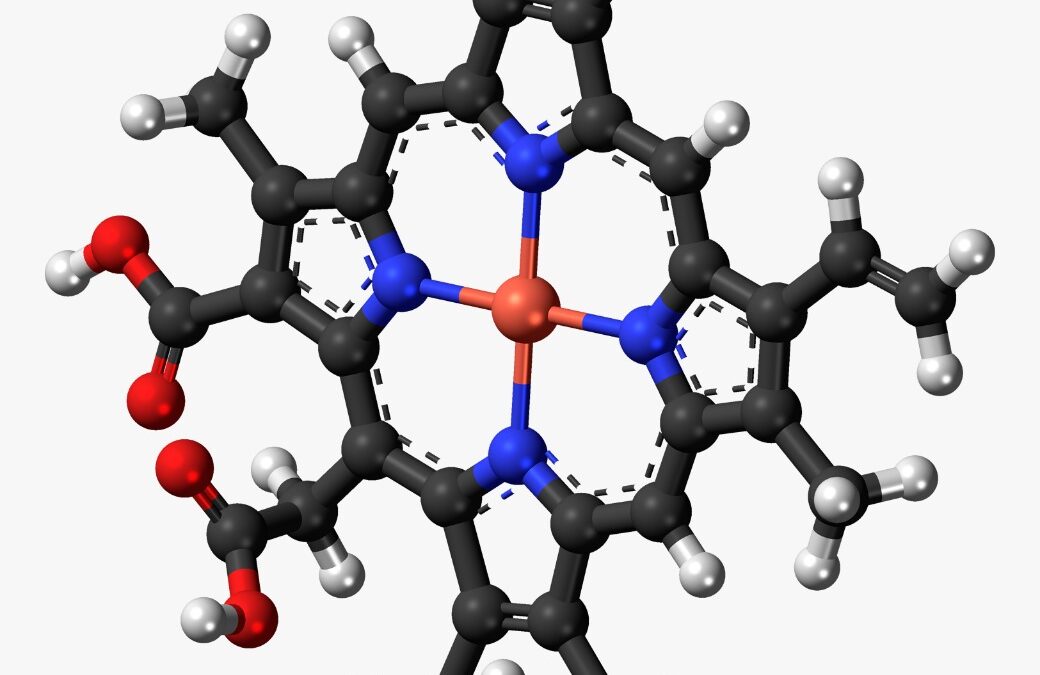

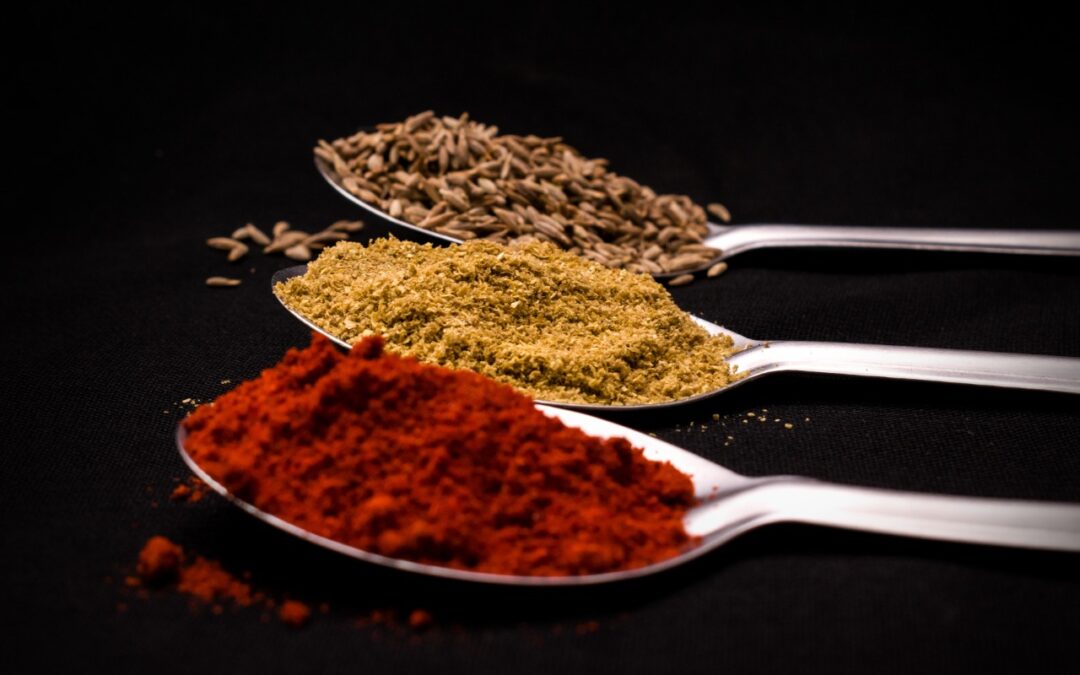
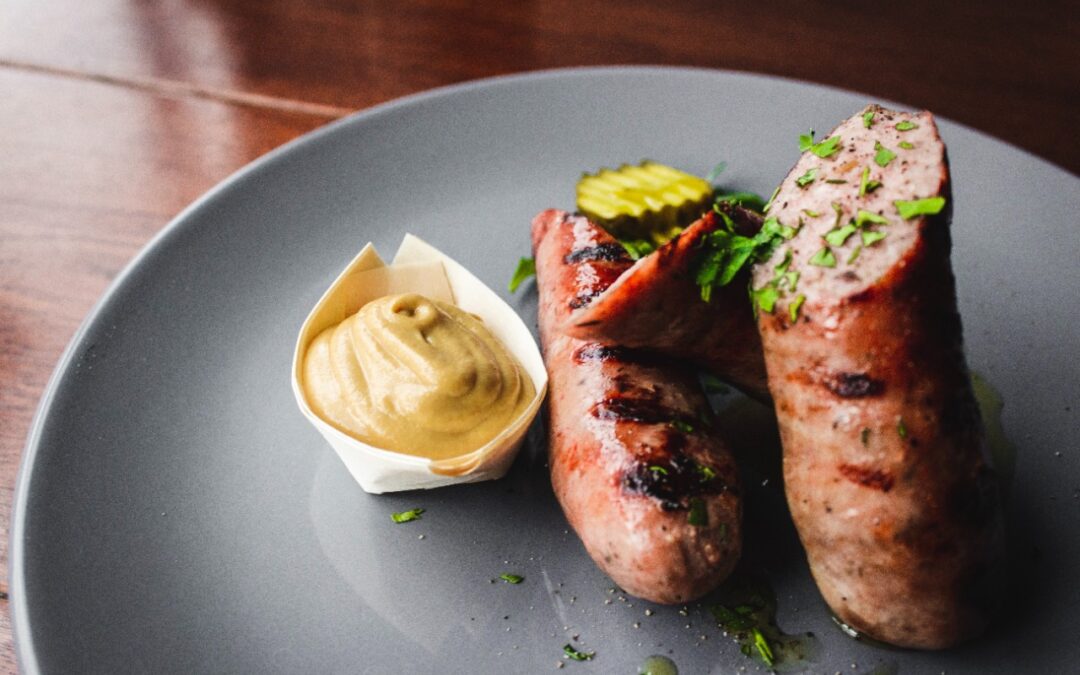
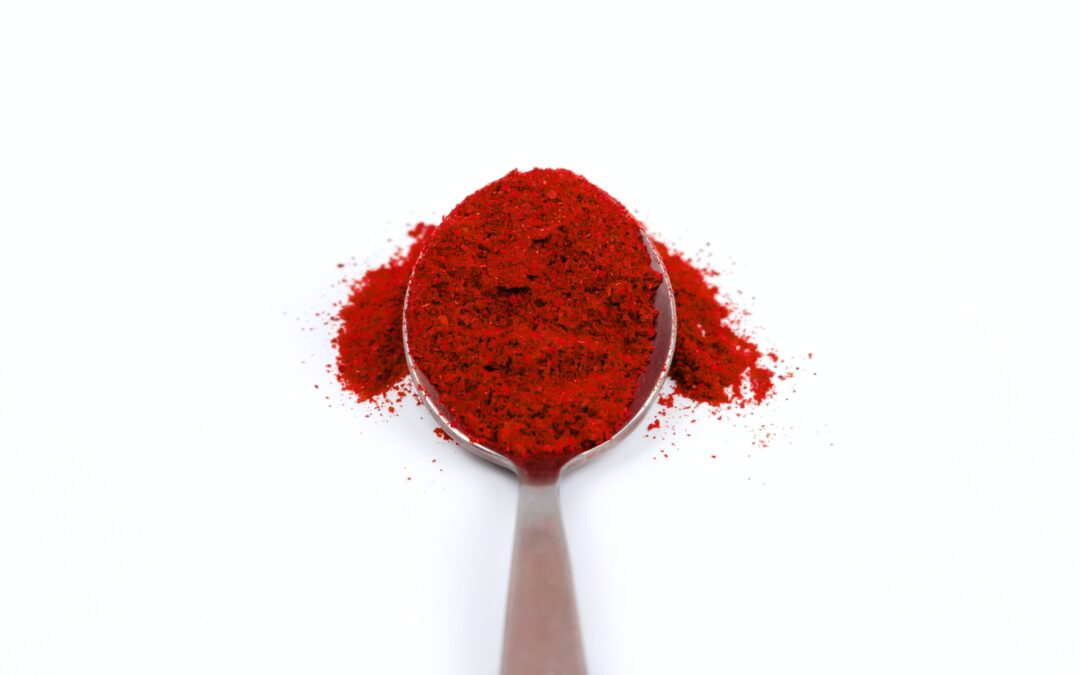
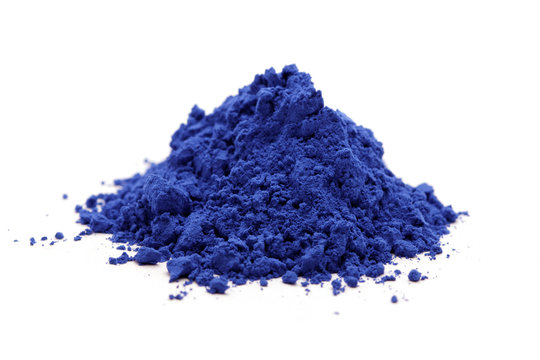

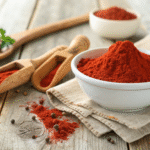

Recent Comments